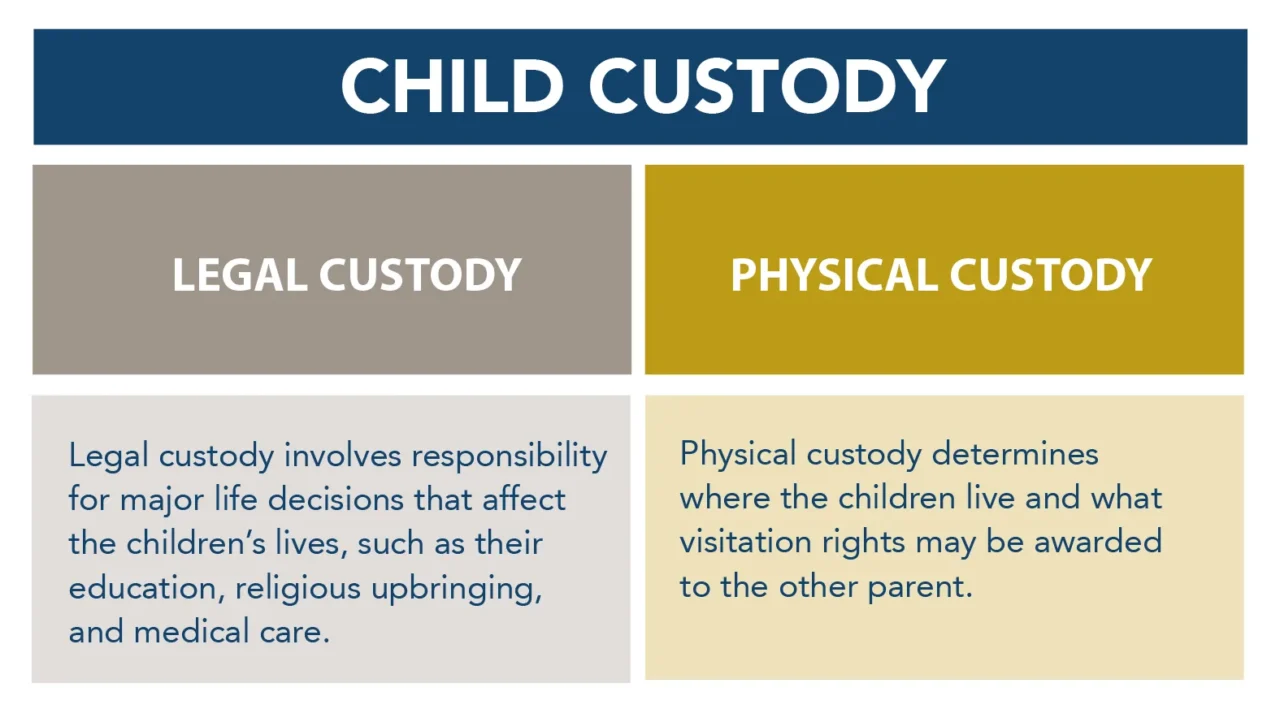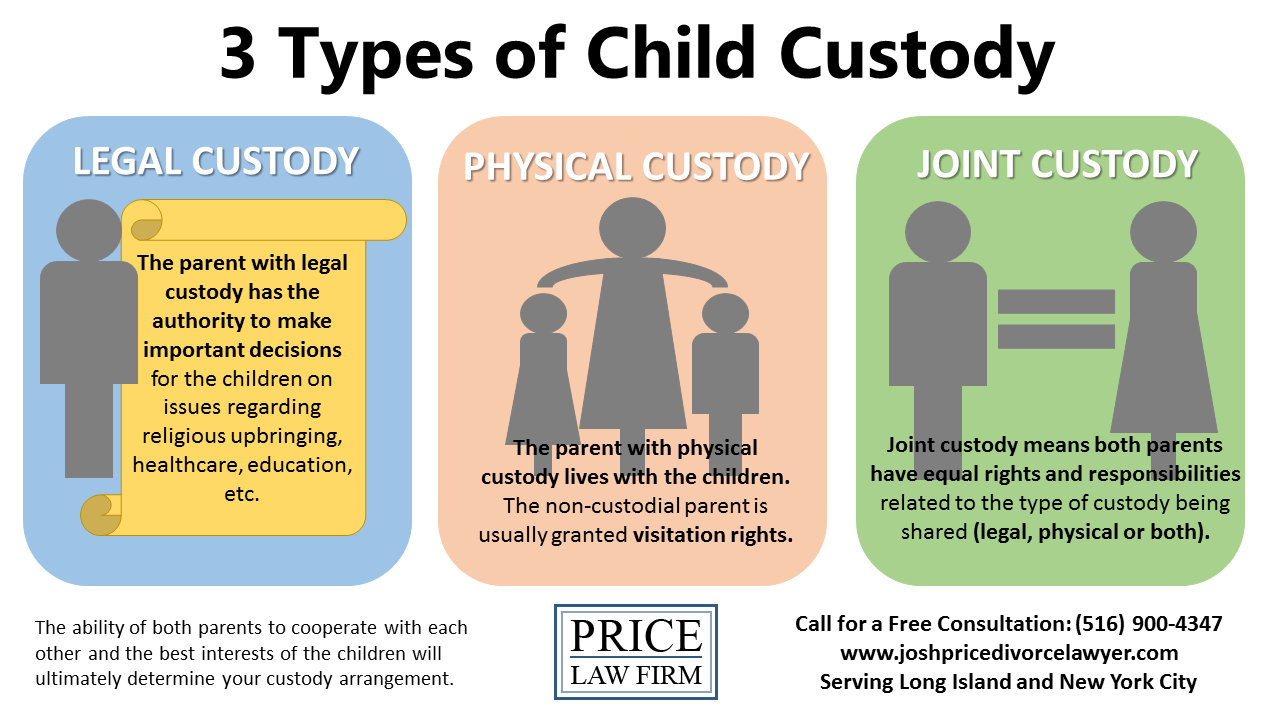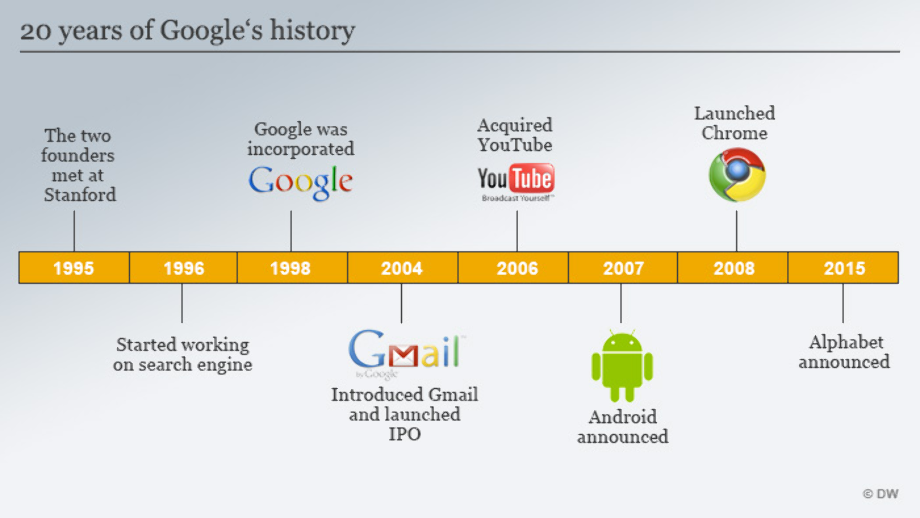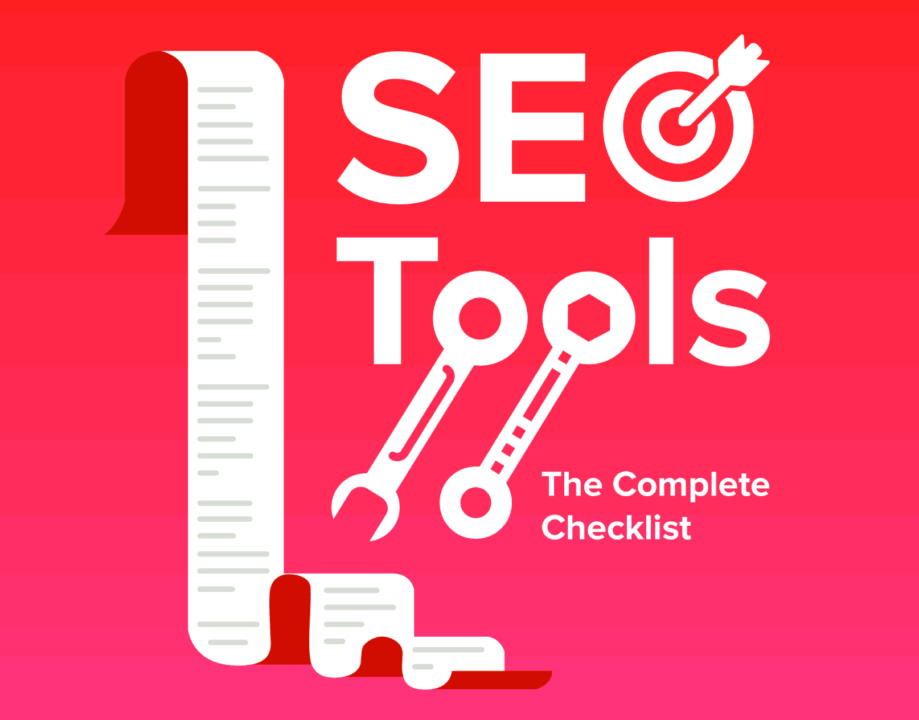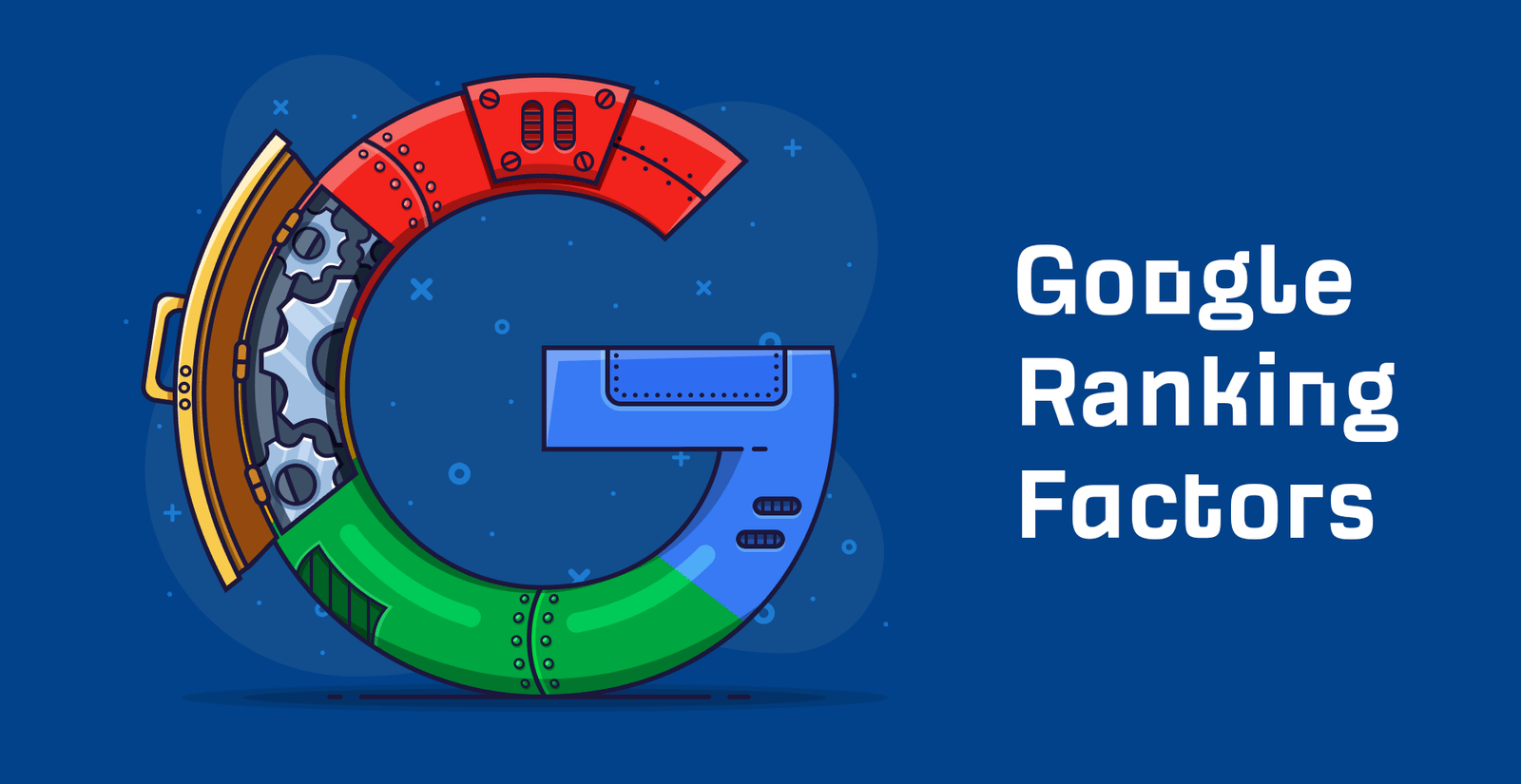Blog
https://finanzasdomesticas.com/economia-de-india-afectada: Latest report

The Impact of COVID-19 on India’s Economy
https://finanzasdomesticas.com/economia-de-india-afectada The COVID-19 pandemic has cast a long shadow over the global economy, and India is no exception. The country is currently grappling with a devastating second wave, which has not only led to a humanitarian crisis, but also shaken the economic foundations. In this article, we explore the multifaceted impact of this situation on India’s economy and the long road to recovery.
The Second Wave’s Economic Toll
India’s second wave of COVID-19 has been particularly brutal, causing widespread disruptions across various sectors. Hospitals are overwhelmed, fatalities are rising, and economic activities are slowing down. The uncertainty surrounding the pandemic has prompted several states to impose restrictions, though they are less stringent than the full lockdowns of the previous year. Despite this, the economic repercussions are significant.
Decline in Economic Activity
The Nomura India Business Resumption Index, an indicator of economic activity, fell to 83.8 in mid-April, from 99.3 a month earlier. This decline mirrors the levels seen in October 2020, underscoring the severe impact of the current crisis. Several analysts have revised their once optimistic growth projections for India downward. For example, Care Ratings reduced its growth expectation to 10.2%, while the State Bank of India adjusted its forecast to 10.4%.
This situation is further complicated by an optical illusion of economic data. Year-on-year comparisons might seem favorable due to a low base effect from last year’s downturn, but quarter-on-quarter growth might not meet expectations.
Sectors Under Strain
Transportation and Mobility
The transportation sector, a linchpin of India’s economy, is showing signs of distress. Rail freight, which accounts for over 30% of industrial goods transportation, saw an 11% drop in volume in April. This decline is a barometer for reduced economic activity and diminished demand.
Curfews have also severely affected mobility. According to Apple’s mobility data, there has been a significant decrease in movement within major cities, indicating that people stay indoors either due to restrictions or fear of the virus.
Rising Unemployment
The labor market is another area of concern. The unemployment rate, which had fallen to 6.9% in early 2020, has now climbed back to 8.4%. Urban areas are feeling the pinch more acutely, with unemployment rates exceeding 10%. This increase underscores the vulnerability of unorganized sectors, which have been hit hardest by the pandemic.
Governmental Challenges and Responses
The Modi government has thus far avoided a national lockdown similar to 2020, opting instead for targeted restrictions. However, the economic strain is palpable. As cases rise, there is growing pressure on the government to implement stricter measures, which could further impede economic recovery and exacerbate supply chain disruptions.
The government faces the dual challenge of supporting economic recovery while managing inflationary pressures due to rising commodity prices. The Monetary Policy Committee may find itself in a difficult position as it navigates these complex dynamics.
Additionally, economic stress leads to increased migration from cities, as migrants seek better opportunities in rural areas. This migration highlights the uncertainties and challenges that the government must address.
Path to Recovery
India’s economic recovery depends largely on its ability to control the spread of COVID-19. This requires significant increase in vaccination efforts and essential medical supplies. Expanding relief measures to support both individuals and businesses will also be critical in mitigating the economic impact.
The government must prioritize these efforts to stabilize the situation and pave the way for sustainable growth. Fostering an environment of economic resilience and adaptability will be key to overcoming current challenges.
Latest Research and Readings
For those interested in the latest developments and detailed analyses of India’s economic situation amidst the COVID-19 pandemic, recent research papers and articles provide valuable insights. Some key publications focus on the fiscal and monetary measures taken by the government, the resilience of various sectors, and international perspectives on India’s economic outlook. These resources offer a deeper understanding of adaptive strategies and potential trajectories for recovery.
Final Summary
In summary, India’s economy faces significant challenges as it grapples with the ongoing impact of the COVID-19 pandemic. Economic indicators such as declining trade volumes and rising unemployment rates highlight the strain across sectors. The government continues to balance between implementing necessary health measures and fostering economic recovery, while grappling with inflationary pressures. Successful containment of the virus through vaccination and medical intervention remains crucial for sustainable recovery. The collective response of policy makers, industry leaders, and the populace will be vital in steering India towards resilience and sustainable growth in the coming years.
Blog
what is joint custody: Latest
Blog
Best Vacation Spots in the US:

A Guide for Citizens and Visitors
Best Vacation Spots in the US: The United States is a treasure trove of vacation destinations, offering an incredible variety of landscapes, cultures, and experiences. Whether you are a U.S. citizen exploring your own backyard or a traveler from abroad looking to immerse yourself in the American experience, there’s something for everyone. Here are some of the best vacation spots in the U.S. to consider for your next adventure.
1. New York City, New York
For a city that never sleeps, New York is a must-visit destination. Home to iconic landmarks like Times Square, the Statue of Liberty, and Central Park, the city offers a vibrant mix of culture, cuisine, and entertainment. Don’t miss the Broadway shows, world-class museums like the MET, and the bustling neighborhoods like SoHo and Williamsburg.
- Ideal For: Culture enthusiasts, foodies, and urban adventurers.
- Pro Tip: Visit during spring or fall to enjoy pleasant weather and fewer crowds.
2. Grand Canyon, Arizona
This natural wonder is awe-inspiring and a perfect destination for nature lovers. Hike along the South Rim, take a helicopter tour for breathtaking views, or raft down the Colorado River for an unforgettable adventure.
- Ideal For: Outdoor enthusiasts and families.
- Pro Tip: Sunrise and sunset offer the most stunning views.
3. Honolulu, Hawaii
Experience the tropical paradise of Hawaii’s capital city. From the famous Waikiki Beach to the historic Pearl Harbor sites, Honolulu is a blend of relaxation and cultural heritage.
- Ideal For: Beach lovers, surfers, and history buffs.
- Pro Tip: Explore nearby attractions like Diamond Head and Hanauma Bay for snorkeling.
4. Yellowstone National Park, Wyoming/Montana/Idaho
America’s first national park is a wonderland of geysers, hot springs, and diverse wildlife. Old Faithful and the Grand Prismatic Spring are must-sees, but the park also offers incredible hiking and camping opportunities.
- Ideal For: Nature lovers and adventure seekers.
- Pro Tip: Visit during late spring or early fall to avoid the summer crowds.
5. New Orleans, Louisiana
Known for its vibrant culture, jazz music, and Creole cuisine, New Orleans is a city like no other. The French Quarter, Bourbon Street, and Mardi Gras are just the beginning of what this lively city has to offer.
- Ideal For: Music lovers, food enthusiasts, and partygoers.
- Pro Tip: Visit in April for the New Orleans Jazz & Heritage Festival.
6. San Francisco, California
Famous for the Golden Gate Bridge, Alcatraz Island, and its eclectic neighborhoods, San Francisco offers a mix of natural beauty and urban charm. Explore Fisherman’s Wharf, ride the iconic cable cars, and take a day trip to wine country.
- Ideal For: Couples, families, and solo travelers.
- Pro Tip: Bring layers; the weather can change quickly.
7. Orlando, Florida
Orlando is a family-friendly destination that promises fun for all ages. Home to Walt Disney World, Universal Studios, and SeaWorld, it’s the ultimate spot for theme park enthusiasts.
- Ideal For: Families and thrill-seekers.
- Pro Tip: Plan your visit during weekdays to avoid long lines.
8. Las Vegas, Nevada
The entertainment capital of the world, Las Vegas is known for its vibrant nightlife, luxurious resorts, and world-class dining. Beyond the casinos, visitors can explore nearby attractions like the Hoover Dam and Red Rock Canyon.
- Ideal For: Nightlife enthusiasts and luxury travelers.
- Pro Tip: Check out the free shows like the Bellagio Fountains.
9. Charleston, South Carolina
This charming Southern city is known for its historic architecture, cobblestone streets, and warm hospitality. Visit the historic plantations, enjoy a carriage ride, and indulge in delicious Lowcountry cuisine.
- Ideal For: History buffs and couples.
- Pro Tip: Springtime offers beautiful blooms and pleasant weather.
10. Anchorage, Alaska
Best Vacation Spots in the US: For a taste of the wild, Anchorage is the gateway to Alaska’s rugged beauty. Experience glaciers, wildlife, and stunning mountain views. Don’t miss a cruise through the Kenai Fjords or a visit to Denali National Park.
- Ideal For: Adventure seekers and nature lovers.
- Pro Tip: Summer offers extended daylight hours to explore more.
The United States offers a rich tapestry of experiences, making it a top destination for travelers from all walks of life. Whether you’re looking for thrilling adventures, serene landscapes, or cultural immersion, the perfect vacation spot awaits you. Start planning your journey today!
Blog
The History of Google: Global Tech Giant
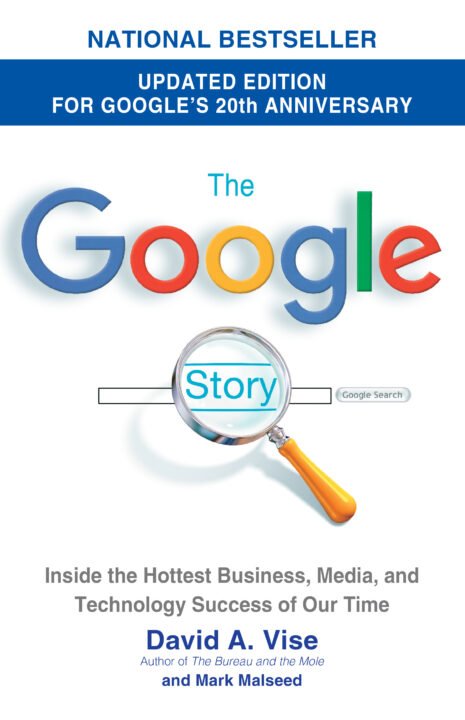
The History of Google: From a Research Project to a Global Giant
History of Google vision, and adaptability. Here’s a deep dive into the history of Google, its evolution, and its impact on the digital age.
Early Beginnings: The Birth of Google
Google was founded in September 1998 by Larry Page and Sergey Brin, both Stanford University graduate students. The pair met in 1995 when Larry was considering attending Stanford for his PhD and was introduced to Sergey, who was already a student. They began working together on a search engine project as part of Larry’s doctoral thesis.
Initially, the duo worked on a project called BackRub, which used a novel algorithm to rank web pages based on the number and quality of links pointing to them. This was a departure from the keyword-based search algorithms that were common at the time. They quickly realized the potential of this idea, which led to the creation of Google.
The name “Google” is a play on the word “googol,” which refers to the number 1 followed by 100 zeros, symbolizing the founders’ mission to organize an immense amount of information on the web.
The Early Growth: Launch and Expansion
Google’s first public release was in 1998, when it was still in beta and running on the Stanford University servers. The search engine quickly gained popularity due to its cleaner, faster interface and more relevant search results. By 1999, the company moved into a garage in Menlo Park, California, which is often considered Google’s official startup base.
In 2000, Google introduced its AdWords program, which allowed businesses to advertise on Google’s search results. This program became the backbone of Google’s revenue model, allowing the company to scale its operations rapidly.
Becoming a Household Name: IPO and Global Expansion
Google’s exponential growth continued in the early 2000s. The company expanded its range of services, including the introduction of Gmail in 2004, which revolutionized email with its 1GB storage and the use of an innovative conversation-based interface.
In 2004, Google went public, with its Initial Public Offering (IPO) raising nearly $2 billion. The stock price skyrocketed, and Google became a publicly traded company. This marked a pivotal moment in the company’s journey, solidifying its place in Silicon Valley’s elite tech companies.
After the IPO, Google continued to expand by acquiring other companies. In 2006, it acquired YouTube, further broadening its scope to video sharing. Over the next few years, Google acquired several other companies, including Android Inc. in 2005, which led to the development of the Android operating system—a key player in the mobile revolution.
The Google Era: Dominance and Innovation
In the following years, Google expanded into various markets, including cloud computing, hardware, and artificial intelligence. The company launched products like Google Maps, Google Drive, and Google Chrome, which have become central to everyday internet usage.
In 2015, Google reorganized itself under a new parent company called Alphabet Inc., with Google becoming its largest subsidiary. This restructuring allowed the company to focus on its core business while also exploring new ventures, including life sciences and autonomous vehicles through its various “Other Bets.”
Google also made strides in AI and machine learning with products like Google Assistant, Google Translate, and Google Cloud AI. The company’s algorithms are integral to billions of searches, and its AI-based technologies continue to drive innovation in numerous industries.
Controversies and Challenges
While Google’s success is undeniable, the company has also faced numerous controversies. Critics have raised concerns about issues such as privacy, monopoly, and censorship. Google has been involved in various antitrust investigations, particularly in the United States and Europe, over its dominance in the search engine market and its handling of user data.
The Future of Google
As of today, Google is an omnipresent force in the digital world, with products and services that touch nearly every aspect of modern life. The company’s search engine remains the most widely used globally, while innovations in AI, cloud computing, and self-driving technology position it to continue its growth for years to come.
Summary
From its humble beginnings as a university research project to a global technology leader, Google has dramatically transformed the way we interact with information. Its expansion into new markets and innovations in AI, search technology, and cloud services suggest that Google’s journey is far from over.
For further reading, you can refer to these sources:
-

 SEO3 months ago
SEO3 months agoBest website platform for seo: top 5 popular websites, 1-book, 25 Top Free SEO Tools,
-

 Blog5 months ago
Blog5 months agoMaria Taylor’s Husband: Jonathan Lee Hemphill’s Job, Family, and Kids Explained
-

 FASHION2 months ago
FASHION2 months agoOld-Fashioned: Styles Across Generation
-

 SEO3 months ago
SEO3 months agoGoogle Ranking Factors: top 50 factors
-

 TECH2 months ago
TECH2 months agoRadiology Tech: Prices, Features, and Buy
-

 Blog2 months ago
Blog2 months agoSigns of a Healthy Relationship:
-

 YOGA2 months ago
YOGA2 months agoDental Care: Can Increase Your Life Expectancy
-

 SEO3 months ago
SEO3 months agoDoes google business profile posting improve rankings: A Latest Guide to Google Visibility books




